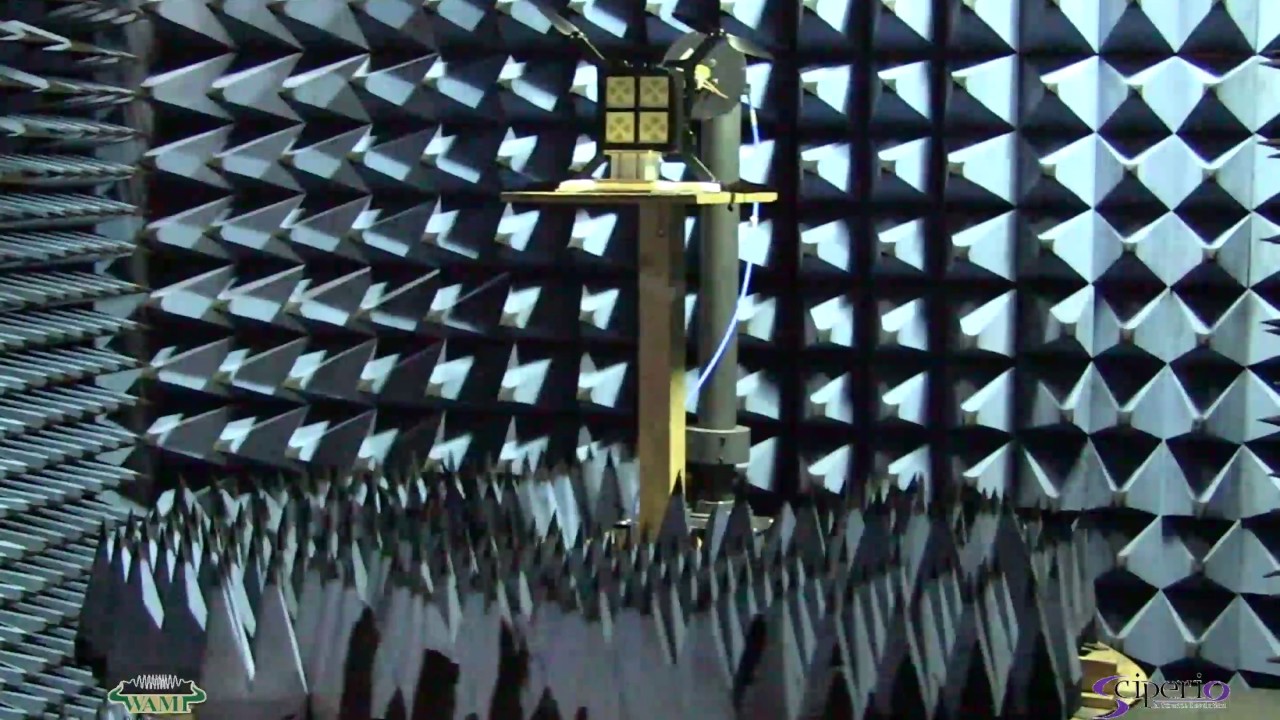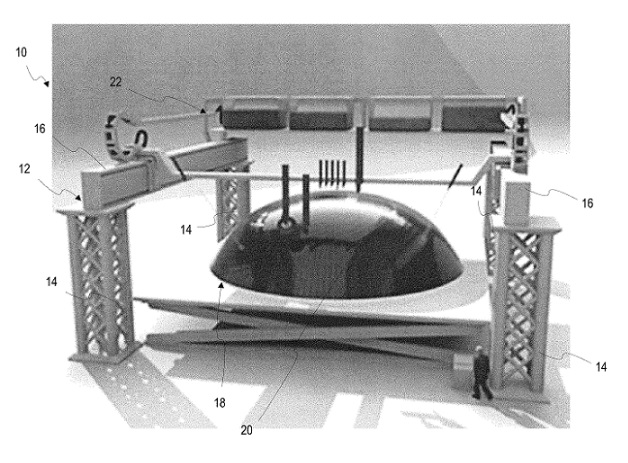nScrypt, a Florida-based manufacturer of micro-dispensing and 3D printing equipment, has secured a new patent for large-scale high-precision manufacturing. This patent addresses a hybrid gantry system combining 3D printing and traditional manufacturing using a rigid frame or modular girders.
“We saw a need for a Direct Digital Manufacturing system that can make large parts with high precision and tight tolerances,” said Dr. Ken Church, CEO of nScrypt.
“This patented system, which can be assembled from standard girders to make it scalable at a reasonable price, combines multiple motion control systems, computer control, and sensors that provide continuous feedback to tweak the 3D printing or traditional manufacturing process for large, high-precision parts.”

Micro-dispensing and additive manufacturing
Since its founding in 2002, nScrypt has focused on additive manufacturing and micro-dispensing. Microdispensing involves depositing droplets of ink in volumes of less than one microliter. This process facilitates multi-material 3D printing, thus, it allows the fabrication of smart devices, conformal antennas, and microfluidic devices.
nScrypt’s patented technology incorporates a SmartPump syringe-based dispenser, which is compatible with over 10,000 commercially available materials. A recent patent awarded to the company covers a new high-speed micro additive manufacturing method that enables a wider material palette or technology capable of 3D printing onto a range of shaped surfaces.

Large-scale, hybrid 3D printing
The latest patent, entitled U.S. Patent No. 10,162,339 B2 “Automated manufacturing using modular structures and real-time feedback for precision control”, relates to a new solution with three computer-controlled motion systems. According to nScrypt, this machine is coordinated by a battery of sensors that provide continuous, closed-loop feedback that enables minute manufacturing adjustments in XYZ in real-time.
One motion will control the gantry movement, while another dictates the part under construction. The third motion runs a second gantry that holds the 3D printing or traditional manufacturing tool head. The frame of this machine will be based on the frame of standard girders to build very large parts with nanometer resolution.
The modular nature of this gantry-based system will allow belt drives, ball screw drives, or linear motor drives to be computer controlled in the XYZ axes. Furthermore, the sensors can be optical sensors, laser sensors, semiconductive sensors, or acoustic sensors.
Also, the tool heads can consist of material extruders micro-Dispensing tool heads for 3D printing, or tool heads for conventional manufacturing, i.e., cutting, milling, or polishing.
This innovation was developed by Dr. Church, Paul Deffenbaugh, nScrypt’s Engineering Manager and R&D lead; Josh Goldfarb, nScrypt’s Electrical Engineer; Charles Newton, head of nScrypt’s Cyberfacturing Center; and Michael Owens, nScrypt’s Mechanical Designer.

Vote for the”Innovation of the year” for the 2019 3D Printing Industry Awards.
Subscribe to our 3D printing newsletter and follow us Facebook and Twitter for the latest additive manufacturing updates.
Visit our 3D Printing Jobs board to find out more about opportunities in additive manufacturing.
Featured image shows a diagram from the patent showing the hybrid manufacturing solution. A human can be seen for scale. Image via nScrypt.

